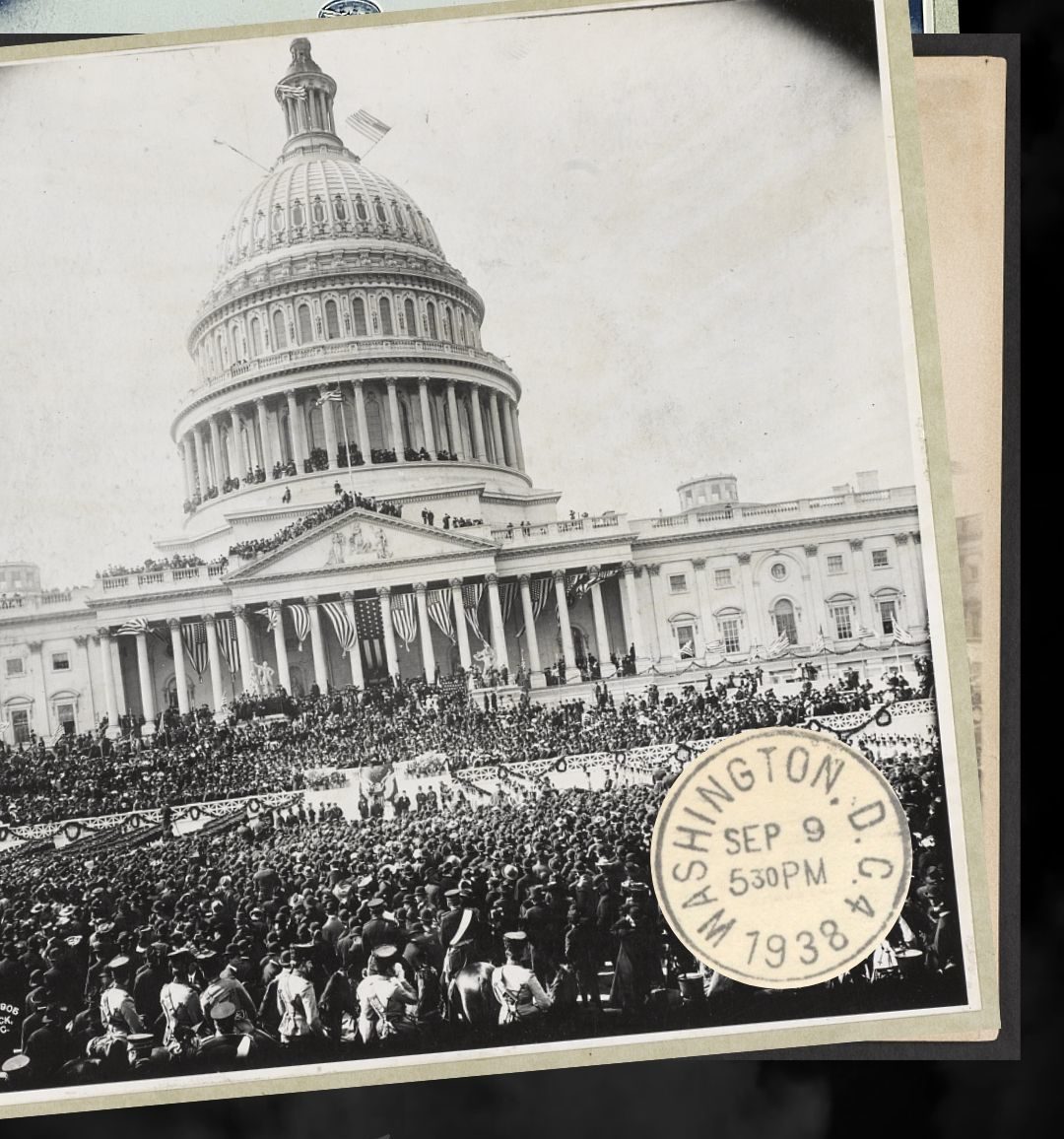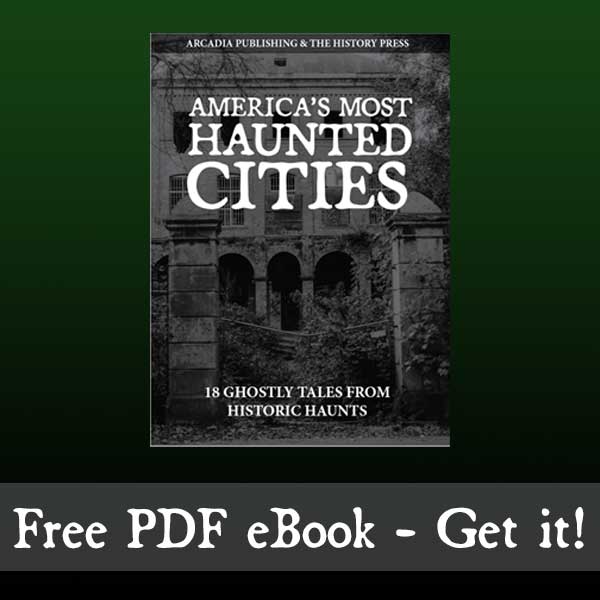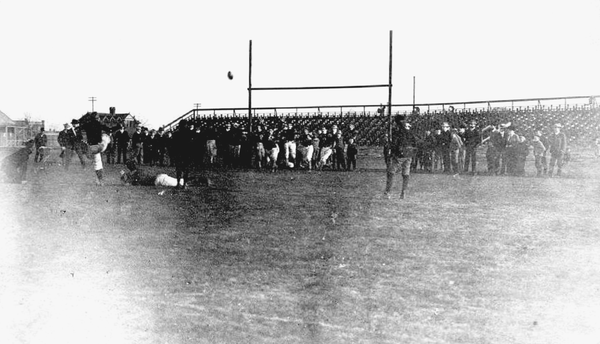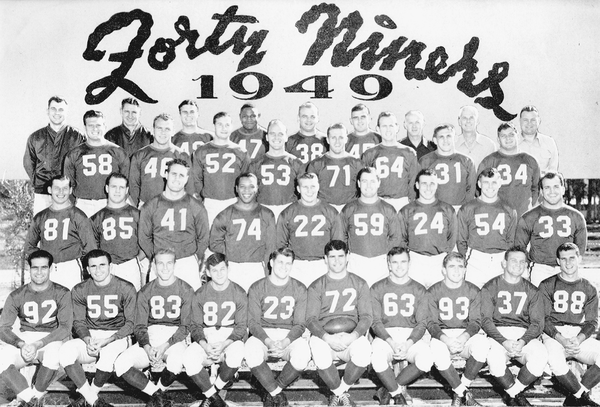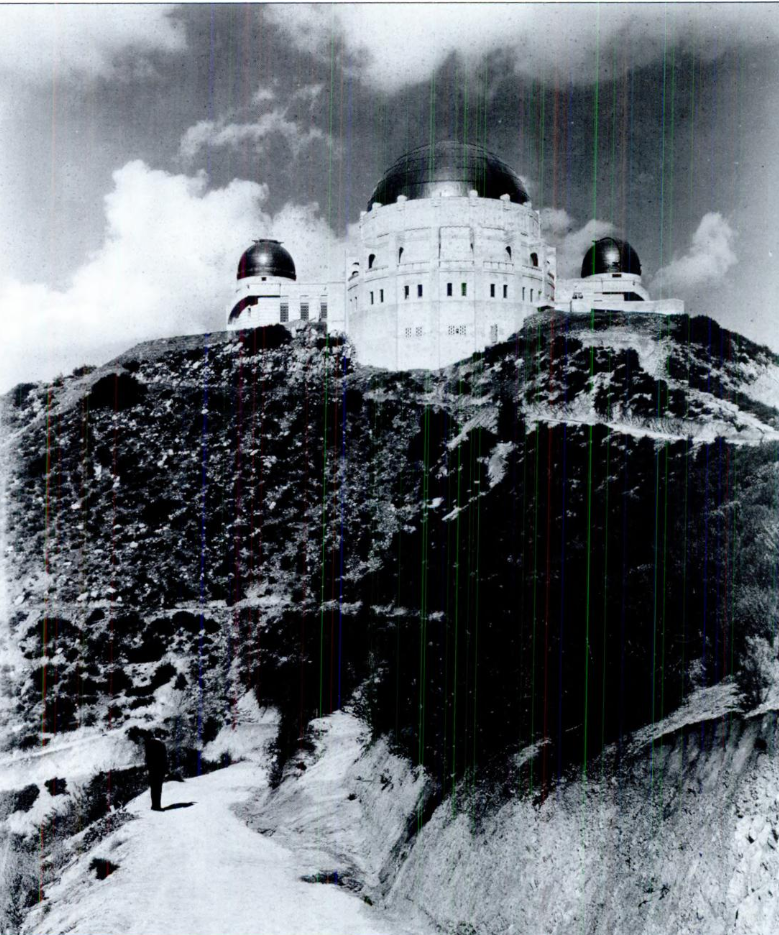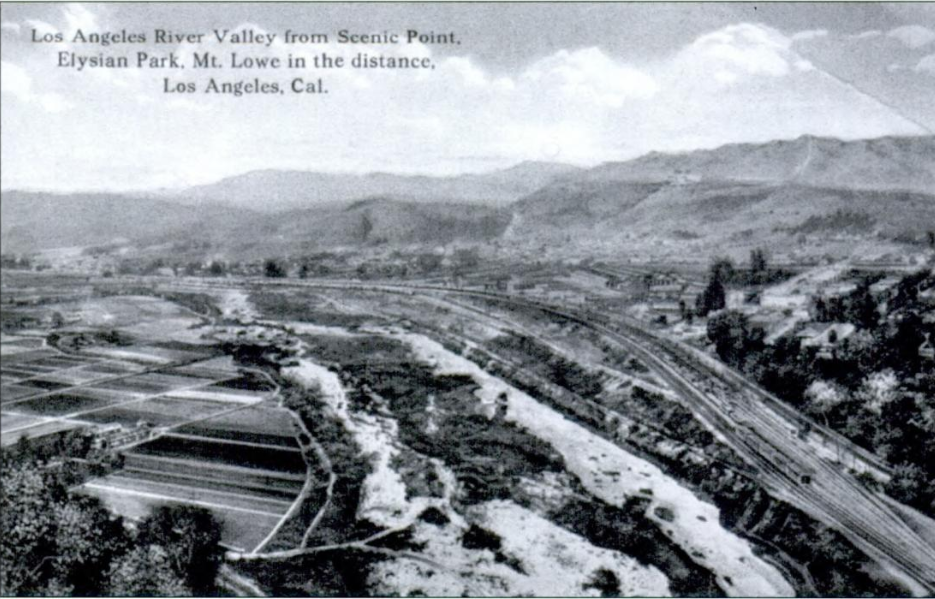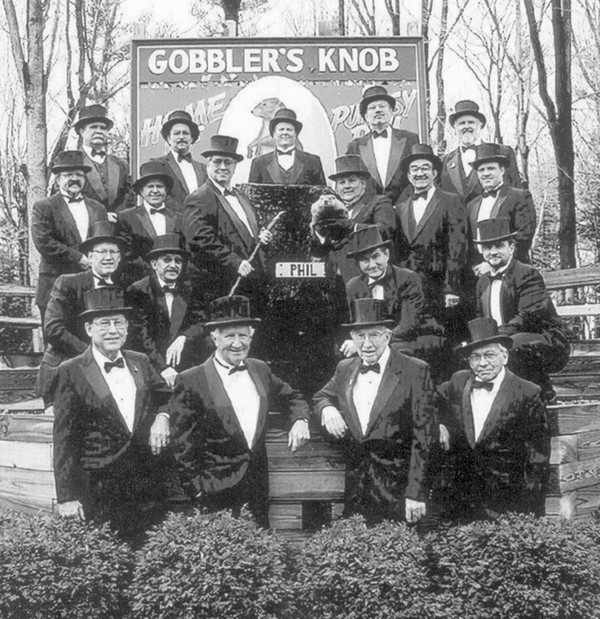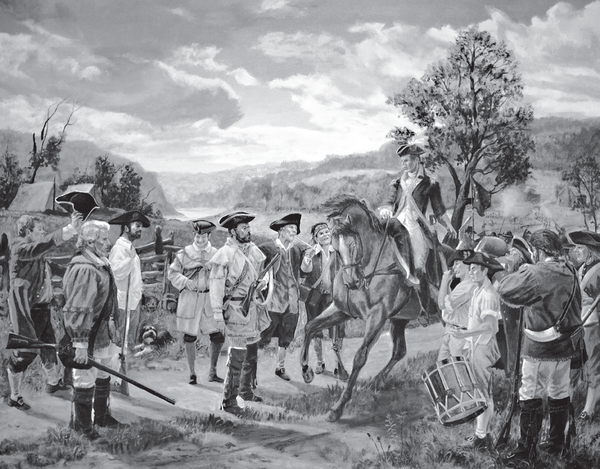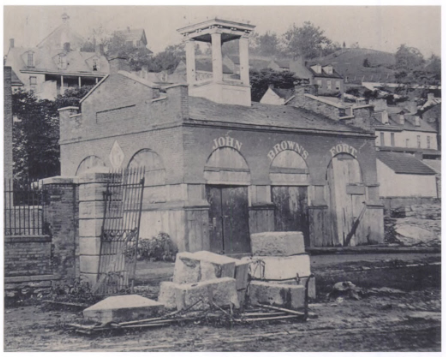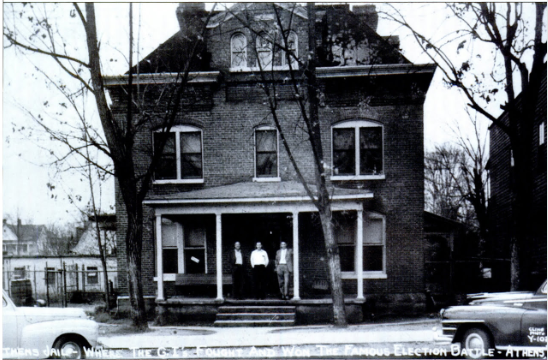They don’t call it Death Valley because it’s where towns go to die, though that’s not entirely untrue. The desolate stretch of Eastern California and Nevada desert known as Death Valley earned its name from a group of pioneers who presumed that they would perish there in the winter of 1849.
In fact, all but one of the travelers made it out alive, but the legend states that one member of the group looked back and claimed “goodbye, Death Valley” as he ascended into the Panamint Mountains, out of the valley. The name stuck.
On top of that, the valley is one of the hottest places in the world — in the summer of 2017, the average daytime high was about 120 degrees. Certainly, this 3,000-square-mile patch of land isn’t always the most hospitable to human life. In some seasons, it may as well be the moon.
That didn’t stop early settlers from trying to build up societies there though, especially since the barren land was rich with the promise of gold, silver and copper. As Author Robert. P. Palazzo puts it in his work “Ghost Towns of Death Valley,” the region saw an attempt at development during the mining boom of the late 1800s and early 1900s.
The first influx was during the 1870s, when westward pioneers set up boomtowns in the region to accommodate the flood of miners. During this time, many of the area’s post offices were established. But once the Postal Service realized that such small, desolate towns did not warrant a post office, the operations were closed. Even the successful boomtowns only flourished temporarily however, eventually crumbling due to the scarcity of resources and the difficulty of transportation.
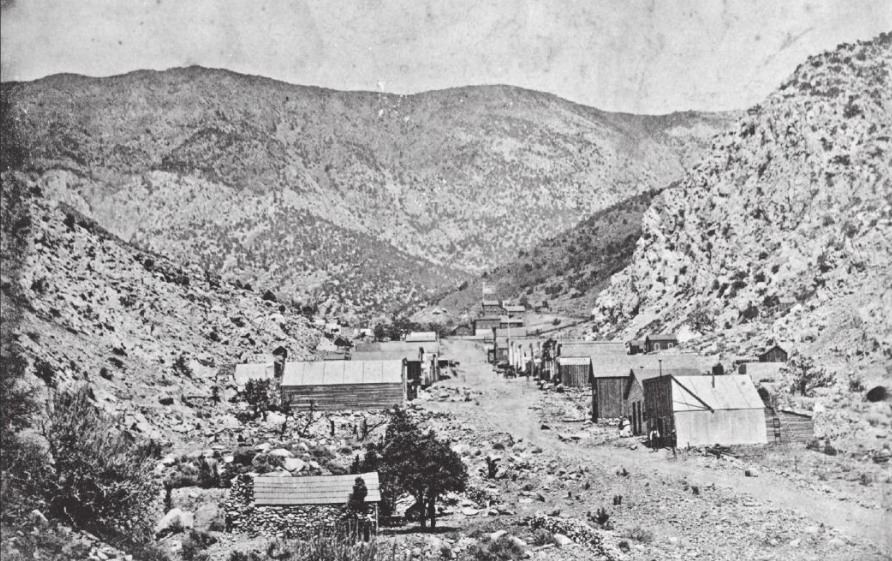
Death Valley Ghost Towns You Can Still Visit
As Palazzo points out in his book, one of the best definitions of a ghost town comes from ghost town expert Lambert Florin, who defines such a town as “a shadowy semblance of a former self.” Therefore, if you’re looking for perfectly preserved mining towns, you won’t find them in Death Valley. What you will find is more akin to ancient ruins, with run-down buildings, partial fences, and the occasional crumbling miner’s shack. If this piques your interest, here are some of the best places to visit.
Panamint City — In its heyday, Panamint had as many as 2,000 residents, seven saloons, three hotels, a Wells Fargo office, a post office and a school. Built around the mining of silver and copper, Panamint formed at the foot of the Sunrise Canyon on the western edge of Death Valley National Park. Today, you’ll find abandoned mining equipment, cabins and even rotting cars at the site.
Darwin — Darwin, located just a few miles outside the national park boundary to the west, is one of the most exciting abandoned towns of the region, partially because it is one of the most enduring. Darwin remained afloat throughout the 20th century, and is still inhabited today, with around 43 residents, according to the 2010 census. Visitors come to Darwin to see a ramshackle downtown and a deteriorating smelter full of rusting machinery.
Rhyolite — Located in the Bullfrog-Rhyolite area of Nevada’s Death Valley, Rhyolite was once the largest town in a cluster of mining boomtowns in this pocket of the desert. The most famous landmark associated with this part of the valley is the Las Vegas & Tonopah Railroad Station, which sits relatively well-preserved in Rhyolite to this day. It’s also home to The Bottle House, which was restored by Paramount Pictures in 1925 for use in a Western movie set.
Skidoo — Founded in 1906 by two prospectors who, quite literally, struck gold there, Skidoo immediately drew gold-hunters from far and wide. It grew to a population of about 700 inhabitants and was the site of several saloons, a bank, a milling plant and a water pipeline. But Skidoo is perhaps most famous because it was the site of Death Valley’s only hanging —the vigilante killing of Joe “Hootch” Simpson for the murder of Jim Arnold.
Thinking about taking a tour of these fascinating Old West ghost towns? A good thing to note is that these towns are decidedly desolate, so it’s not a bad idea to follow the GPS coordinates to find them, rather than turn-by-turn directions. Also, make sure that you leave these towns — or any place in the wild, for that matter — as you found them! Preserving abandoned sites is an important part of continuing to tell our country’s story well into the future.
Want to read more about Death Valley? Pick up “Railroads of Death Valley” or “Red Light Women of Death Valley” for more.


